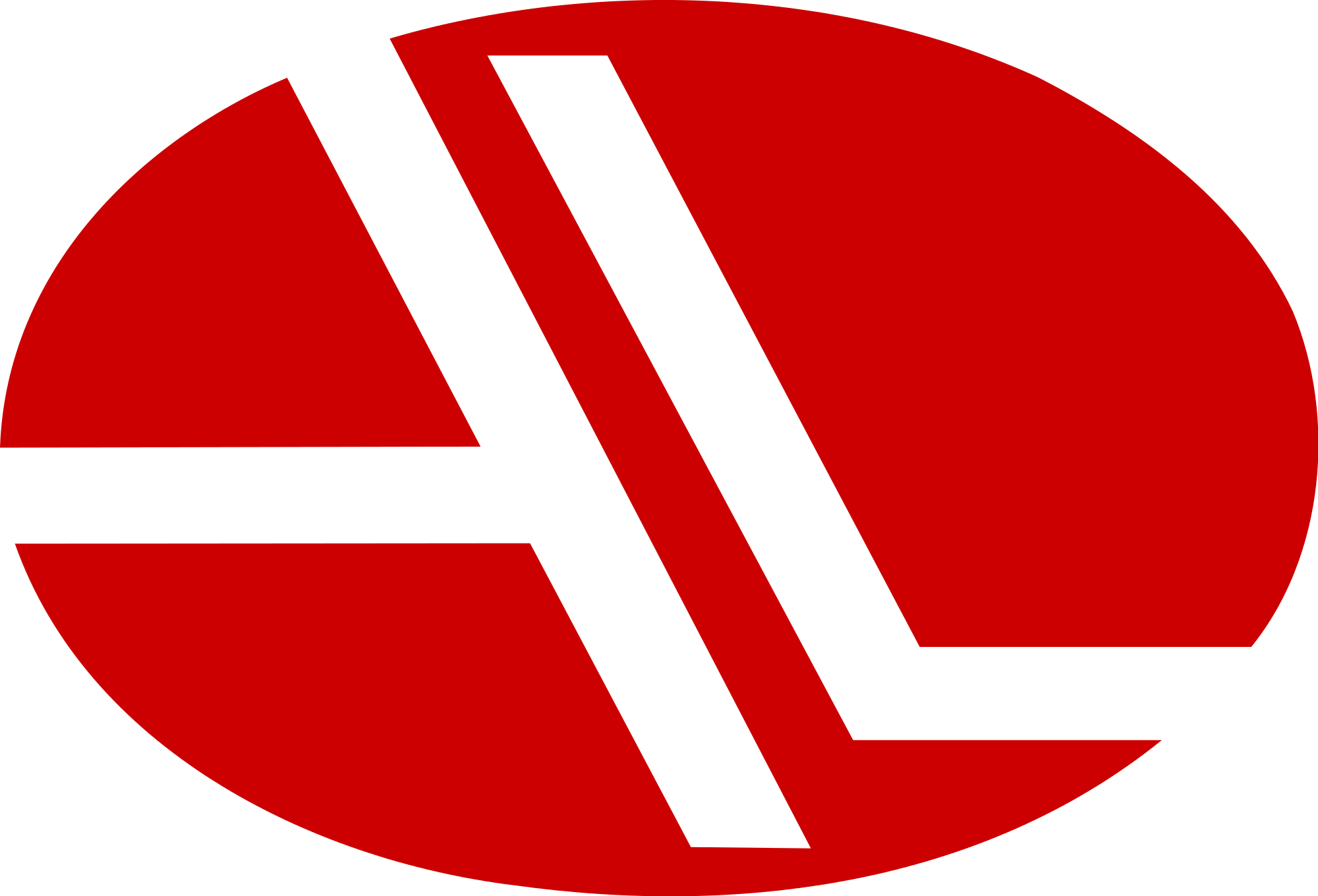Autolatina
Car Latina is the name of a strategic alliance, which in the late 1980s received the automotive companies Volkswagen and Ford due to the poor economy in South America, which existed until 1995.
Establishment of the car Latina
To July 1, 1987 created Ford and Volkswagen, as a possible precursor of a merger, the company car Latina for the Brazilian and Argentine markets. The joint venture was made by the two companies in the press, radio and television widely publicized.
Although the legal and economic processes of the car Latina foundation should initially be completed in 1987, but the project was delayed until the year 1990 into it. VW held 51 % of the car Latina shares, Ford the remaining 49%.
Business base were the following key points:
- Latina car should be a holding company, should retain their respective brand identity under the VW and Ford;
- The VW dealer should continue to get sales and service of its own products, as well as Ford sales and service of such products;
- It was not a merger of the two companies, but an operational agreement, the two sides and the customer should bring benefits.
The market in Brazil in the eighties
The idea of a collaboration between Ford and VW was the situation of the Brazilian car industry in the second half of the eighties due. The Brazilian market was declining, and the local manufacturer took little effort to export their cars to the other South American markets. Making matters worse was that the company had to pay in Brazil high corporate taxes. Both companies were in the eighties in a serious crisis. Prior to founding the car Latina VW held in Brazil a market share of 34%, Ford came to 21%. Together, the companies came to almost 60 % in Brazil and 30 % in Argentina.
Theoretically, such an agreement as part of the impending globalization was an excellent idea and mutually beneficial. In practice, Car Latina had to fight in his seven-year existence with numerous problems. First of all, there was the face of global competition of the two groups a certain mistrust and you hesitate to dedicate to each other in their own plans, which brought the company in an unpleasant situation on the ground. On the other hand, there was between the car and the various Latina Brazilian governments constant voltages, since the latter repeated either the prices froze or not to counter the prevailing high inflation in the country. Furthermore, both companies went the Product Planning pace than if it did not exist at the car Latina. The Car Latina did not act as a unit, which both Ford and Volkswagen harm.
Joint models
As part of the car Latina several models emerged in badge engineering method: Volkswagen produced based on the Santana and Quantum of the Ford Versailles Royale and the Ford station wagon variant of the former; Ford built in return, based on the Escort Logus VW and VW Pointer. Other models were the Ford Verona and the VW Apollo, the latter was the biggest flop of the entire partnership.
Presented at the beginning of the nineties both sides the benefit of the joint venture in question. Volkswagen was troubled, for example, by the great success of the Fiat Uno Mille and wanted to offer in the small car segment model; Ford, however, pursued here own plans, as the later introduction of the Ka occupied.
Another example: the VW engineers wanted to renew the VW Gol, but Ford did not want to deploy the appropriate investments; they had their own intentions with the Escort series. Moreover, VW did not go unnoticed that the market shares, which gained their cars and were lost at Ford. Overall, however, lost both groups over the competition, which was further enhanced by the opening of the Brazilian market and the arrival of more competitors.
The end
As the economy improved in late 1994 slowly, it was decided that the car Latina resolve with effect from March 1995. The separation took place in a friendly atmosphere, you spoke of different philosophies and business strategies. The Car Latina Leaders could choose whether they wanted to be taken over by Ford or VW, regardless of where it originally came. In this way, a number of previous Ford manager came to VW, and vice versa.
To solve still remained the question of what should happen with the models in which the two companies share had (eg the Escort with VW engine ) and with the models that were produced in the works of a group for the other (such as the produced at Ford VW Logus ). Therefore, the resolution of the contract car Latina foresaw a clause that these models had to be kept for one year from the other group alive. After that it was the company allowed to use the production capacity for its own purposes.
Swell
Leila PALE. De volta ao futuro: o discurso empresarial e sindical no fim da car Latina. São Paulo, Educ / Cortez / FAPESP, 2001.
Luiz Carlos DI SERIO. Tecnologia e Inovação competitividade: o caso Volkswagen do Brasil. São Paulo, FGV, 2000.
- Automotive industry
- Volkswagen
- Ford










